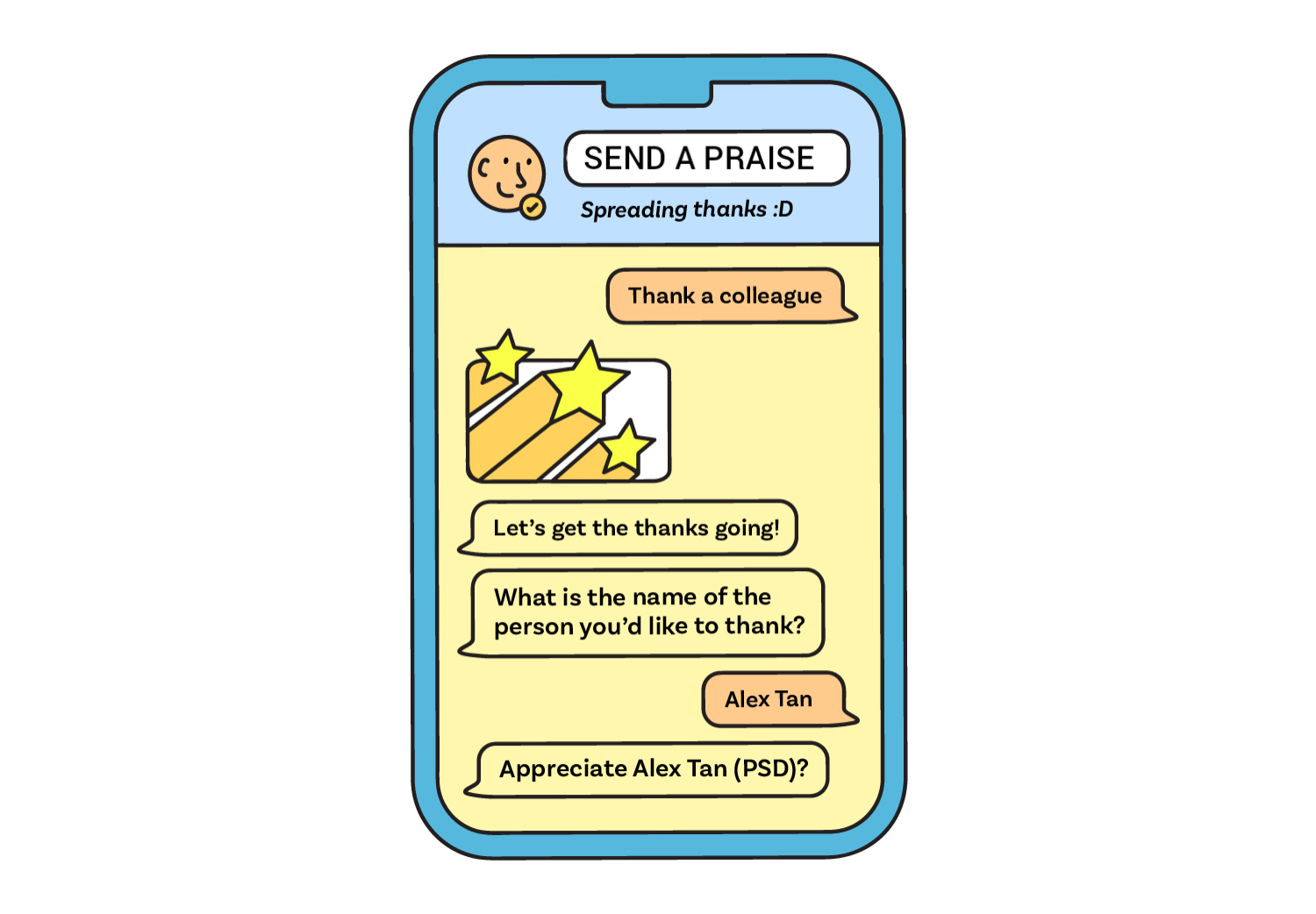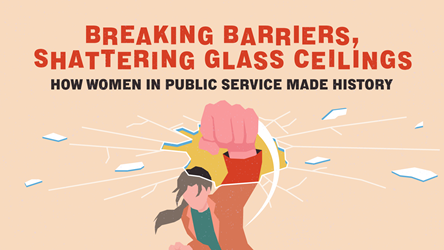Employee Appreciation: More Than Saying “Thank You”

While employee recognition is practised formally through performance-based benefits and top-down rewards for staff achievements, informal employee appreciation can take place more frequently as well as among peers.
As author Mike Robbins points out in his TED talk on the power of appreciation, it is about valuing people based on who they are as individuals, not just what they do or accomplish. Showing appreciation helps to engage team members, acknowledge their contributions and show gratitude for their dedication.
The Need for Employee Appreciation
Colleagues who feel appreciated are happier and perform better. Creating a culture of appreciation at the workplace boosts a team’s overall wellbeing and performance by fostering collaboration and improving workplace happiness.
A compliment or a pat on the back motivates team members to stay the course. A strong culture of appreciation makes everyone in your team happier, more resilient in the face of challenges, more resistant to stress and burnout, and more likely to help each other out in a nurturing environment.
At DBS Bank, positive reinforcement and peer-to-peer motivation are encouraged via a peer reward system. In this system, called “iTQ (I Thank You)” and “WeTQ (We Thank You)”, staff celebrate one another’s achievements publicly through messages of acknowledgement. Each employee gets a bank of points that they can use to award to colleagues as a form of appreciation.
In the Singapore Public Service, public officers can use the Praise function on SG-Teams to appreciate one another.

Beyond such systems, there are many ways to practise employee appreciation.
Big and Small Ways to Appreciate Your Team
1. Say Hello Often and Stay Engaged
Greeting your team in the morning establishes a point of connection between a manager and team members. Maintaining social interactions with your team can prevent them from feeling invisible and create an open space for work updates or discussions. Managers can also stay in tune with what is happening on the ground.
2. Begin Your Emails With a Compliment
Hiroshi Limmell, who runs Infuse, an A*STAR office that champions employee wellbeing, tries to include a compliment when he starts writing emails. This gives a personal touch to the recipient, bringing a smile before delving into a new piece of information or feedback of any nature. Proactively telling people what you value about them fosters better workplace relationships.
3. Provide Balanced Feedback
Employees want to know what they are doing well and how to improve their capabilities. Beyond positive feedback and praise, employees value getting suggestions on how to do better or grow their skills.
Avoid always giving only critical feedback. Craft your message and tone carefully so that there is a balanced discussion with both positive and developmental feedback. Staff should walk away from a feedback session feeling equally acknowledged for their contributions, and aware of how to improve themselves.
4. Acknowledge Your Teammates Publicly
Praising a team member in the presence of peers, or showing acknowledgement publicly on a monthly or quarterly bulletin can go a long way in making employees feel appreciated. If praise is given privately for a group effort, be generous in sharing it with the rest of the team.
LinkedIn Kudos make it easy for anyone to proclaim their thanks for a teammate, highlight qualities and accomplishments, and motivate the featured employee.
5. Reach Out To Listen and Offer Help
Ask team members for constructive criticism so they know that their opinions are being considered. It also gives them a sense of ownership in their work when they know that they and their thoughts are valued.
When reaching out, find out what obstacles your team members are facing and how you can ease their daily routine or any blocks. Encourage your team to take breaks and look after their personal wellness.
6. Address Career Planning and Growth Opportunities
If you are a supervisor, discussing career development with your staff is crucial in showing that you are invested in their future. Offer concrete opportunities for your staff to attend workshops and industry conferences to develop their skills, potential and exposure, so that they know you have their best interests at heart.
With these everyday acts of appreciation, you can show your team that they are valued and help them flourish in the workplace.

To get more stories like this, subscribe to the Challenge Telegram channel.
- POSTED ON
Mar 31, 2022
- TEXT BY
Candice Leow
- ILLUSTRATION BY
Lei Ng









